
Ever question why your neighbour’s electric car is always getting fueled up for a road trip, while yours is plugged into the garage? The key isn’t in the model or make, it’s in the know-how. As electric vehicles (EVs) pick up speed, the playing field is changing at a rate that even the tech-proficient of drivers can find themselves lagging behind. From charging technology to battery milestones, 2025 will be a year to recall for the driver at the helm of an EV.
For future and existing EV buyers, being ahead of the curve is not merely about convenience, but it is about achieving value, security, and sustainability. This guide distils the strongest arguments for and hands-on insight surrounding the most recent developments, mixing new industry highlights with real-world expertise. Get ready to comprehend the technologies and playbooks powering the next generation of electric mobility.

1. Home Charging: The Level 2 Advantage and City Innovations
A reliable home charger continues to be the cornerstone of EV ownership. Level 2 chargers, with an extra range of around 25 miles per hour, make overnight charging a routine. But for city drivers, curbside charging is typically a problem. The creation of the Brooklyn-718 charger, which includes a detachable cable and UL certification, is a leap forward for city EV owners. Its lightweight design minimizes wear and tear, increases mobility, and provides an affordable solution for communities where permanent infrastructure is impossible. Funded by $6.5 million in seed money, this technology can potentially speed up the roll-out of compact, user-friendly curbside chargers across the country, bringing EVs within reach like never before. Brooklyn-718 minimizes maintenance costs and downtime a godsend for drivers on city roads.
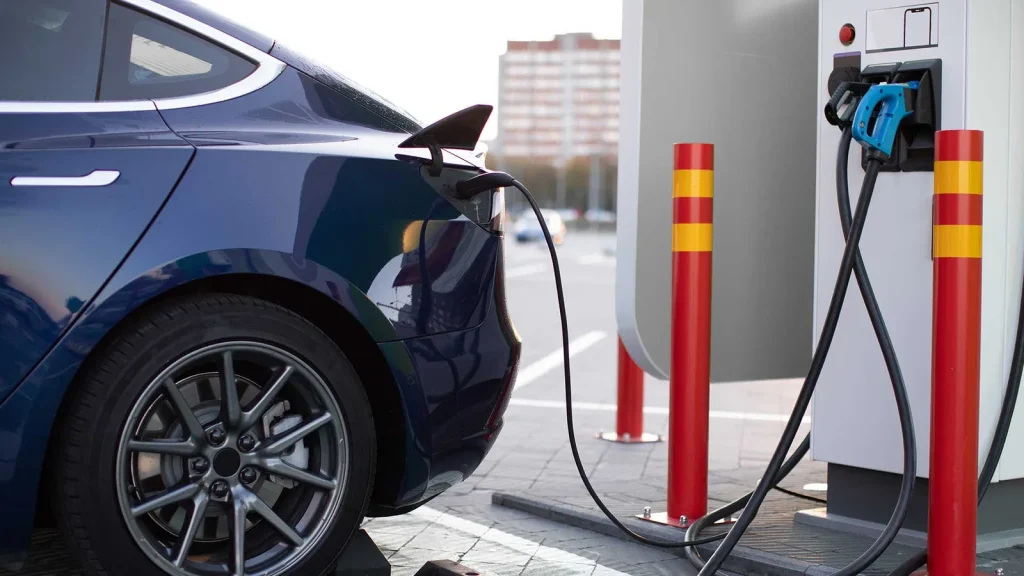
2. Charging Revolution: 10-Minute Batteries and More
Long charging stops are becoming a relic of the past. A number of manufacturers in 2024 introduced batteries that come with the promise of charging 10% to 80% in as few as nine to ten minutes. Take the Omnicell 6C, which offers as much as 300 km of range in five minutes on the charge, squarely confronting one of the most frustrating issues for EV drivers: fast recharging. StoreDot’s XFC prismatic battery cells are said to hold 100 miles of charge for five minutes and intends to cut that time even shorter by 2026. These technologies aren’t ideas these are being placed into demonstration fleets and high-power charging stations, which means a new era in driver convenience is on the way.
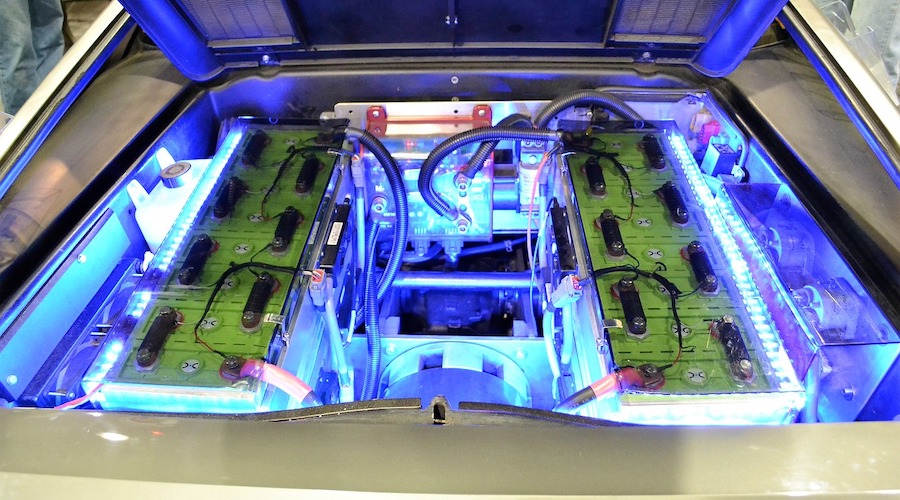
3. Battery Life: Maintenance, Materials, and Reality Testing
Battery maintenance is the key to performance and long life. While day-to-day habits like maintaining charge levels between 20% and 80% and staying away from hot and cold temperatures continue to play their role, 2024 was the year battery materials and testing made real leaps. Silicon-anode technology, such as NEO Battery Materials’ NBMSiDE, now can provide longer capacity retention and quicker charging speeds without increased cost. In parallel, advanced battery venting systems and rigorous test procedures, like those of the EA BTS 10300 Battery Test System, guarantee batteries are both safely and consistently compliant. Advanced venting systems deflect pressure build-up and water intrusion, avoiding safety issues that have existed in the EV community to prevent them from occurring.
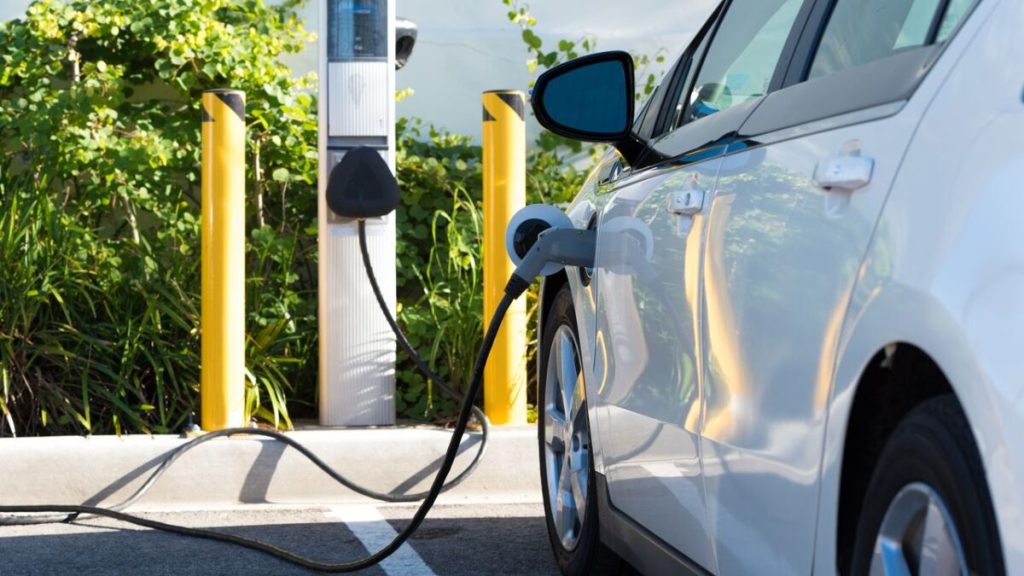
4. Grid Integration: Vehicle-to-Grid and Smart Charging Platforms
EVs are increasingly considered a resource on the electricity grid instead of simply consumers of electricity. Vehicle-to-grid (V2G) technology enables EVs to return energy to the grid during peak-demand times, stabilizing neighborhood power systems and giving owners a chance to profit. ChargeScape software, a collaborative venture involving BMW, Ford, Honda, and now Nissan, is one manifestation of this shift. It controls energy in real-time, maximizing demand and saving drivers money. PG&E pilot projects in California and Oakland school districts already are feeding gigawatt-hours back to the grid each year, and home-based projects in Maryland enable Ford F-150 Lightning owners to charge their homes using peak summer usage. These pilots are pioneering the future of bidirectional charging a future in which your EV is more than just a car it’s a power plant.
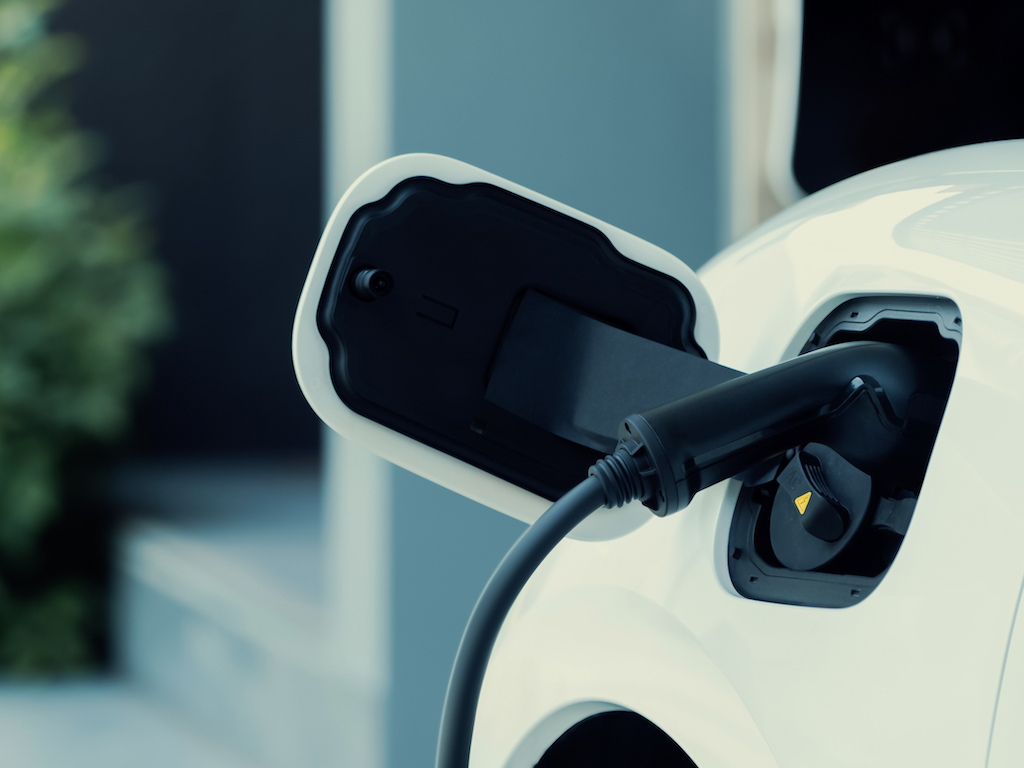
5. Off-Peak Charging: Reduced Bills and Clean Grids
Timing is everything to charging. Charging off-peak, made possible by time-of-use (TOU) electricity rates, can punch big holes in energy bills and relax grid strain. It’s now standard for most modern EVs and charging apps to have scheduling, which makes it easy to coordinate charging with the lowest-cost hours. Some utilities even offer rebates on smart charging habits, incentivising drivers who assist in balancing demand and supply. By moving charging to the night or afternoon hours, depending on your regional grid, you not only end up saving money but also advance a cleaner energy system. NREL’s results underscore the importance of data-driven solutions for optimising grid integration and supporting renewable energy growth.
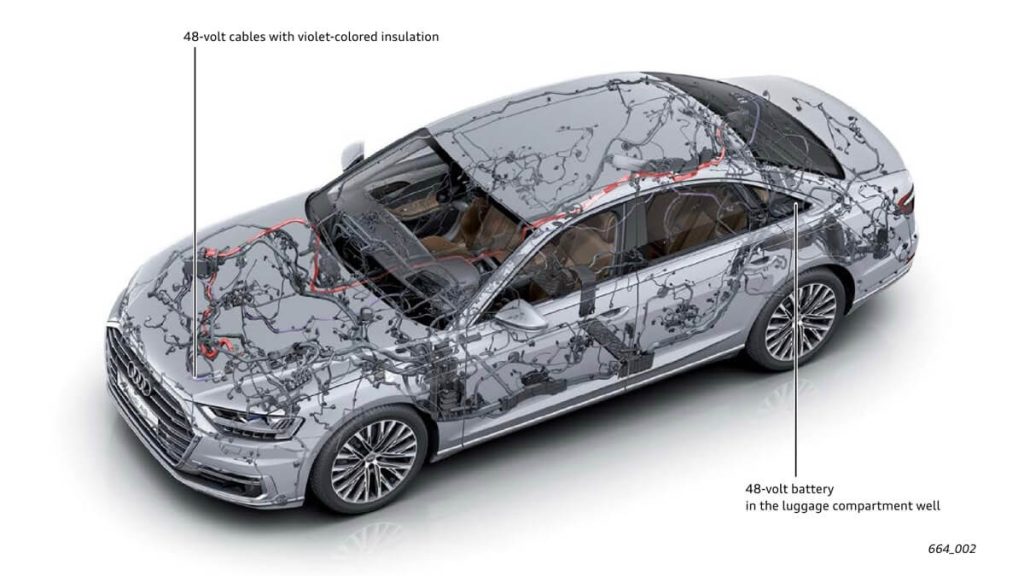
6. Future Powertrains and 48-Volt Architectures
Efficiency enhancements are not solely with batteries and charging. Magna’s 800-V eDrive technology is a new standard for on-road efficiency, achieving a maximum of 93% as well as 20% lower CO₂ emissions during manufacturing. At the same time, the transition away from traditional 12-volt towards 48-volt electrical architectures is delivering increased flexibility and scalability for sophisticated vehicle subsystems, ranging from infotainment through driver assistance. Vicor’s power modules for the automotive sector are leading the way with high power density and ready integration ability into next-generation EV designs. The trend is important as vehicles become increasingly connected and high-feature.
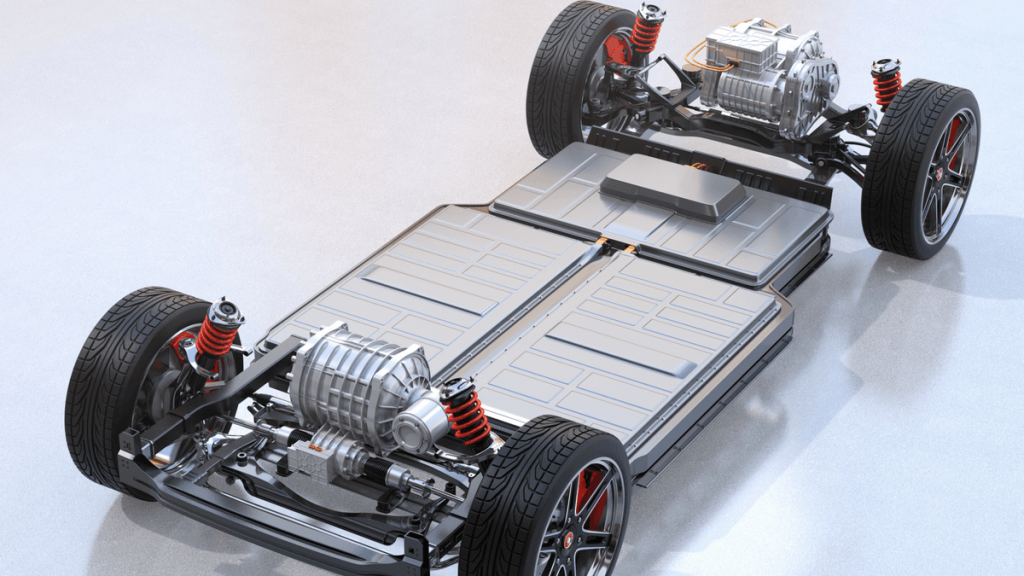
7. Safety Innovations: Cell-to-Chassis and Impact Protection
Safety standards for EVs are changing very rapidly. CATL’s Bedrock chassis, which directly mounts battery cells on the car platform, can absorb as much as 85% of crash energy, well over the industry standard 60% for conventional designs. During crash tests, the Bedrock chassis handled impacts at 120 km/h without thermal runaway or fire, becoming the new benchmark for safeguarding occupants in EVs. This structural safety innovation is a demonstration of the company’s commitment to not only maintaining but to surpassing regulatory compliance. Cell-to-chassis integration will revolutionise the integration of safety into EVs.
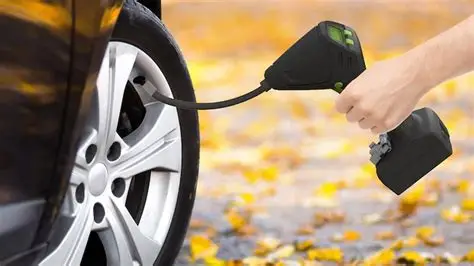
8. Tire Care and Efficiency: Managing the Extra Weight
The extra weight of EV batteries makes tire care more critical than ever before. Under-inflated tires give rolling resistance and decrease range, but customised EV tires are designed to minimise rolling resistance and maximise lifespan. Tires must be rotationally maintained, inspected for pressure, and monitored for tire tread depth. Innovations such as nitrogen inflation, which holds pressure more steadily through temperature fluctuations, are becoming increasingly popular. Proper tire maintenance both lengthens tire life and maximises your EV’s efficiency, pulling maximum mileage per mile.
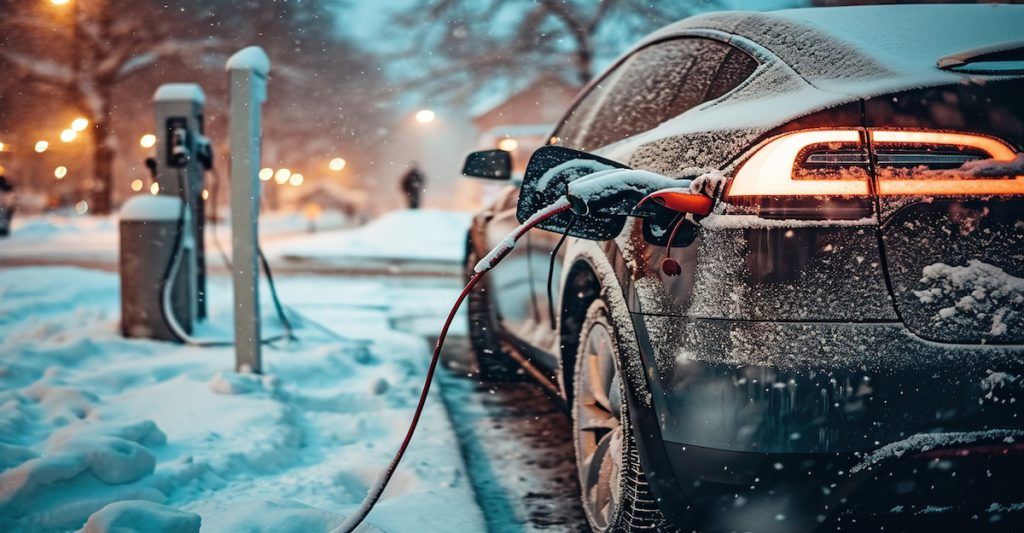
9. Extreme Weather: Materials and Preconditioning
EVs bring special challenges in heat and cold weather. Polyplastics’ DURAFIDE PPS 1140HS6, a new glass-fibre-reinforced thermoplastic, enhances thermal shock resistance in key components, aiding long life at temperatures of extremes. Preconditioning ability, preheating or precooling the cabin while charging, is available for drivers to conserve range and maintain battery health. New materials and innovative software are coming together to make EVs deliver reliability, from summer heatwaves to winter blizzards. Materials science is the unsung hero that drives the durability of new EVs.
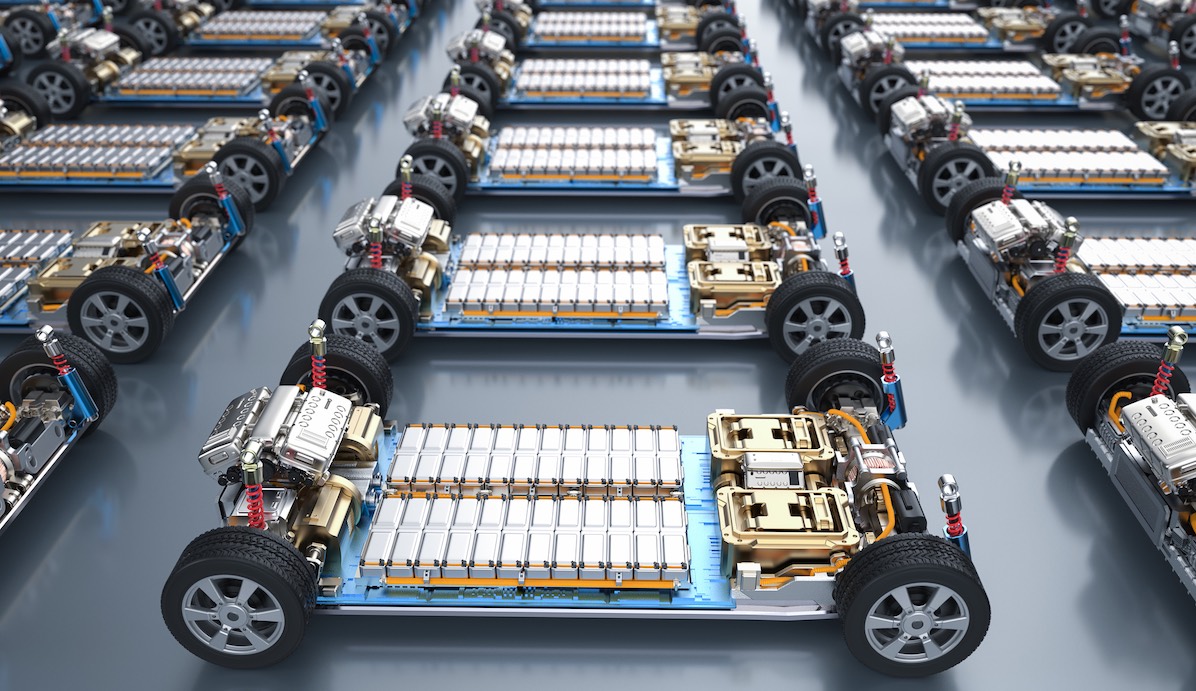
10. Recycling Batteries: Closing the Loop for Sustainability
Sustainability doesn’t stop at the gas pump. The U.S. Department of Energy’s $45 million investment in recycling batteries is driving the creation of new technologies to recycle cobalt, lithium, and nickel from retired EV batteries. These efforts will replace raw material mining and encourage a circular supply chain. Next-generation recycling technologies will make it more affordable, material-efficient, and unlock the environmental benefits of electric mobility. Recycling batteries is becoming an anchor of the EV market.

11. The Solid-State Frontier: What’s Next for EV Batteries?
Not yet mainstream, solid-state batteries are closer to reality. Factorial Energy’s Solstice battery, out in 2024, reaches an energy density of up to 450 Wh/kg and might increase EVs by up to 80% range compared to traditional lithium-ion cells. Stellantis intends to place in service by 2026 a demonstration fleet powered by these batteries. Solid-state technology is more reliable, charges quicker, and has a longer lifespan, paving the way for the next electric mobility revolution. The scramble to usher in commercialisation of solid-state batteries is already happening, and the result could redefine the EV experience.
Electric cars are no longer a vision of the future; they’re an ever-changing reality. As smarter charging, safer building, and cleaner operations converge, owners are driving more miles, saving money, and making the world a cleaner place. By getting ahead and participating in these innovations, today’s EV drivers are not just keeping up, they’re creating the path to a future of mobility.

